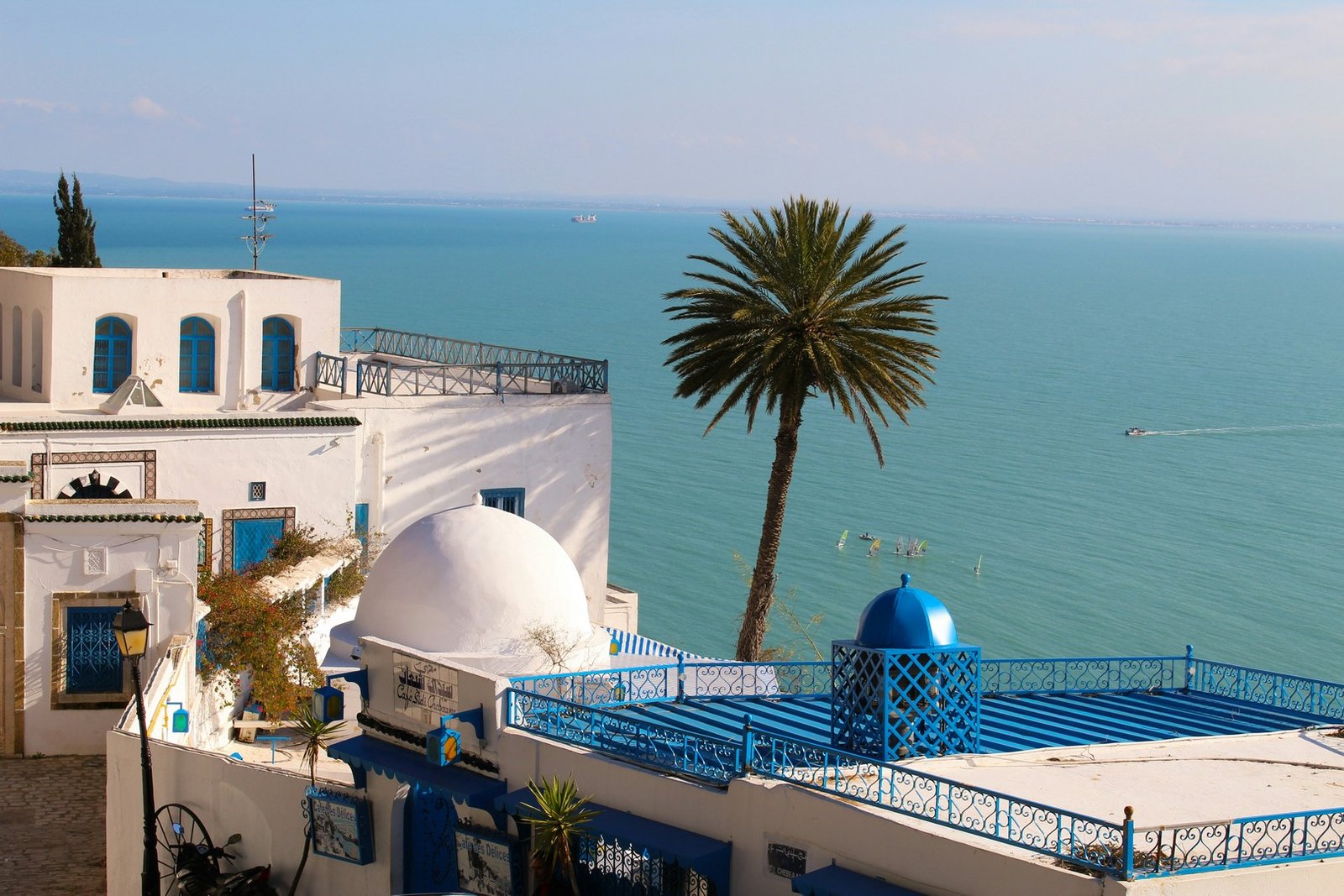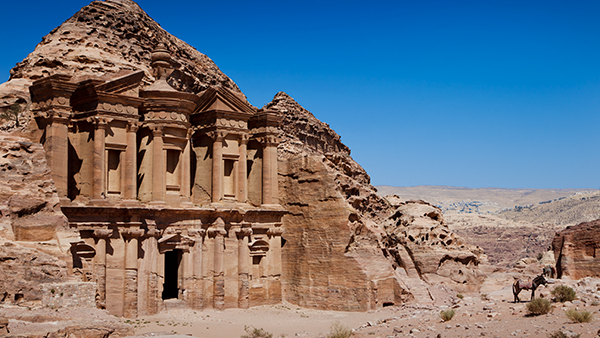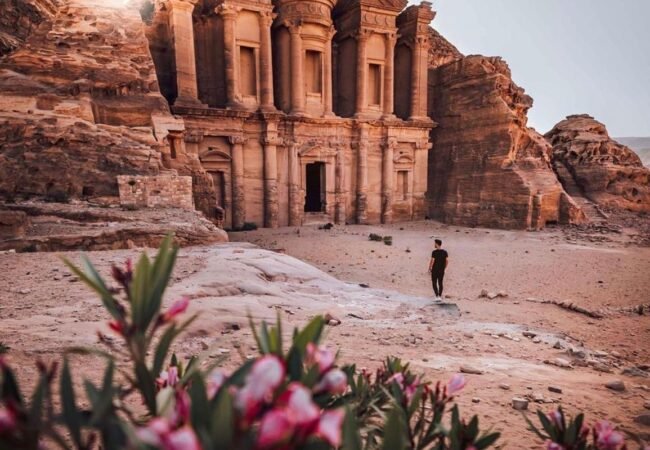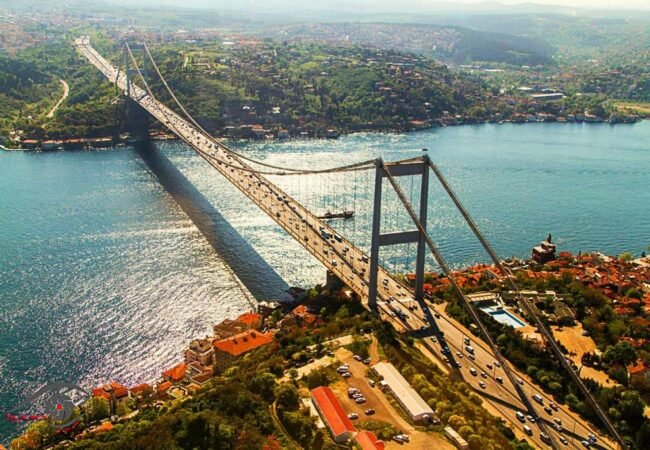Tunisia
- Home
- Tunisia
Tunisia, officially the Republic of Tunisia, is a country in the Maghreb region of North Africa. It is bordered by Algeria to the west and southwest, Libya to the southeast, and the Mediterranean Sea to the north and east. Tunisia shares maritime borders with Italy, near the island of Sicily to the north, and with Malta to the east.The country is home to the archaeological site of Carthage, dating back to the 9th century BC, as well as the Great Mosque of Kairouan. Known for its ancient architecture, bustling souks, and picturesque blue coasts, Tunisia covers 163,610 km² (63,170 sq. mi) and has a population of 12.1 million. It contains the eastern end of the Atlas Mountains and the northern reaches of the Sahara Desert, while much of its remaining land is arable. Its 1,300 km (810 mi) coastline marks the meeting point of the western and eastern Mediterranean Basin. Tunisia is also home to Africa’s northernmost point, Cape Angela.
The capital and largest city, Tunis, is located on the northeastern coast. The country’s name itself is derived from Tunis. The official language of Tunisia is Modern Standard Arabic, while Tunisian Arabic is the most widely spoken. Although French has no official status, it is commonly used in administration and education. The vast majority of Tunisia’s population is Arab and Muslim.






Tourism
Among Tunisia’s tourist attractions are its cosmopolitan capital, Tunis; the ancient ruins of Carthage; the Muslim and Jewish quarters of Djerba; the coastal resorts near Monastir; and the nightlife-driven city of Hammamet. According to The New York Times, Tunisia is “known for its golden beaches, sunny weather, and affordable luxuries.” Though Tunisia may be just a slim wedge of North Africa’s vast horizontal expanse, it boasts enough history and diverse natural beauty to rival countries many times its size. With a balmy, sand-fringed Mediterranean coast scented with jasmine and sea breezes—where the fish on your plate is always fresh—Tunisia is prime territory for a classic sun, sand, and sea holiday. But beyond the beaches, it’s a thrilling and underrated destination, where distinct cultures and dramatic landscapes—ranging from forested coastlines to the rolling sand seas of the Sahara in the south—can be explored in just a few days
- Exploring ancient ruins, historical landmark.
- Immersive cultural experiences, local.
- Kid-friendly activities, theme parks family.












